How to Graph Solutions to Linear Inequalities?
Graphing solutions to linear inequalities on a number line involves representing the solutions to the inequality as a range of numbers on the number line.

A Step-by-step Guide to Graph Solutions to Linear Inequalities
The steps to graphing solutions to linear inequalities on a number line are:
Step 1: Identifying the inequality you want to graph
Start by identifying the inequality you want to graph. An inequality is a statement that compares two expressions using symbols like \(“<“\) (less than), \(“>”\) (greater than), \(“≤”\) (less than or equal to), \(“≥”\) (greater than or equal to).
Step 2: Rewrite the inequality
Rewrite the inequality with the variable on the left and the constant on the right if it is not already in that form.
Step 3: Draw a number line and label it
Draw a number line and label it with the values that are relevant to the inequality. For example, if the inequality involves the variable \(“x”\), label the number line with the values of \(“x”\) that are relevant to the inequality. If the inequality involves a constant, label the number line with the values of the constant that are relevant to the inequality.
Step 4: Draw a circle on the number line
Draw an open or closed circle on the number line at the point that corresponds to the constant in the inequality.
Step 5: Draw an arrow pointing in the direction
Draw an arrow pointing in the direction that includes the solutions to the inequality. If the inequality is \(“<“\) or \(“>”\), the arrow should point in the direction of the numbers that satisfy the inequality. If the inequality is \(“≤”\) or \(“≥”\), the arrow should point in both directions since the endpoints of the range of solutions are included in the solutions.
Step 6: Label the shaded region to indicate which inequality it represents
You can use an arrow pointing in the direction of the shaded region to indicate that it represents all the numbers that satisfy the inequality.
Step 7: Repeat these steps for any additional inequalities that you need to graph
The solution to a system of linear inequalities is the intersection of the ranges of numbers represented by the shaded regions on the number line.
By following these steps, you can graph solutions to linear inequalities on a number line.
Graphing Solutions to Linear Inequalities – Examples 1
Graph the solution to the inequality \(2x + 3 < 9\).
Solution:
To graph this inequality on a number line, we need to isolate the variable \(x\) on one side of the inequality. Subtracting \(3\) from both sides, we get:
\(2x < 6\)
Now, dividing both sides by \(2\), we get:
\(x < 3\)
To graph this solution on a number line, we start by drawing a line and marking a point at \(3\). Since \(x\) is less than \(3\), we shade the region to the left of the point. The graph should look like this:
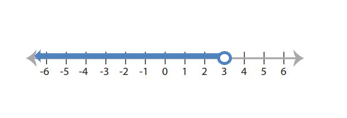
Graphing Solutions to Linear Inequalities – Examples 2
Graph the solution to the inequality \(-4x + 2 ≥ -6x – 1\).
Solution:
To graph this inequality on a number line, we need to isolate the variable \(x\) on one side of the inequality. Adding \(6x\) to both sides, we get:
\(2x + 2 ≥ -1\)
Now, subtracting \(2\) from both sides, we get:
\(2x ≥ -3\)
Finally, dividing both sides by \(2\), we get:
\(x ≥ -\frac{3}{2}\)
To graph this solution on a number line, we start by drawing a line and marking a point at \(-\frac{3}{2}\). Since \(x\) is greater than or equal to \(-\frac{3}{2}\), we shade the region to the right of the point. The graph should look like this:
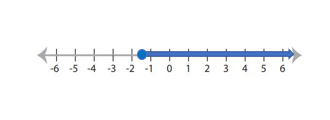
Exercises for Graphing Solutions to Linear Inequalities
Graph the solution of each inequality.
- \(\color{blue}{4x+3\ge 2x+11}\)
- \(\color{blue}{\frac{x}{9}-6\le 4}\)

- \(\color{blue}{4x+3\ge 2x+11}\)

- \(\color{blue}{\frac{x}{9}-6\le 4}\)

Related to This Article
More math articles
- Unlock the Future: 10 Unexpected Advantages of Online Learning in 2024
- What Happens If You Don’t Pass the STAAR Test?
- What Does ALEKS Stand for?
- How to Perform Similarity Transformations: Step-by-Step Guide
- How to Solve Quadratic Inequalities? (+FREE Worksheet!)
- Solving Percentage Word Problems
- How to Use Models to Compare Fractions?
- 7th Grade OAA Math Worksheets: FREE & Printable
- Full-Length ISEE Upper-Level Math Practice Test-Answers and Explanations
- How to Find the Perimeter of Polygons? (+FREE Worksheet!)



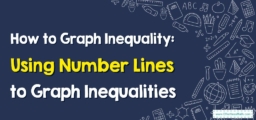
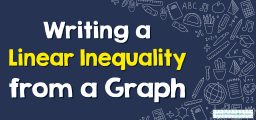
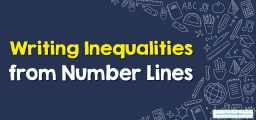





What people say about "How to Graph Solutions to Linear Inequalities? - Effortless Math: We Help Students Learn to LOVE Mathematics"?
No one replied yet.